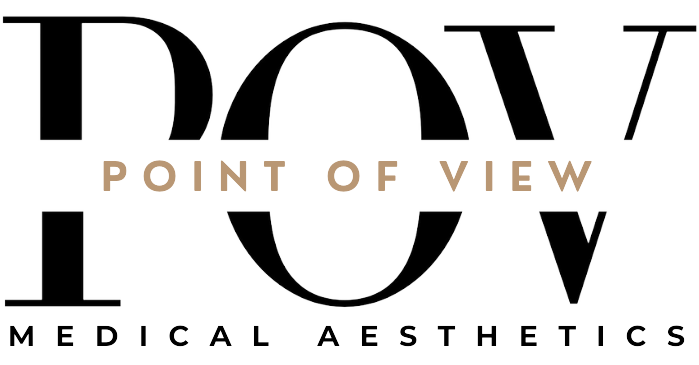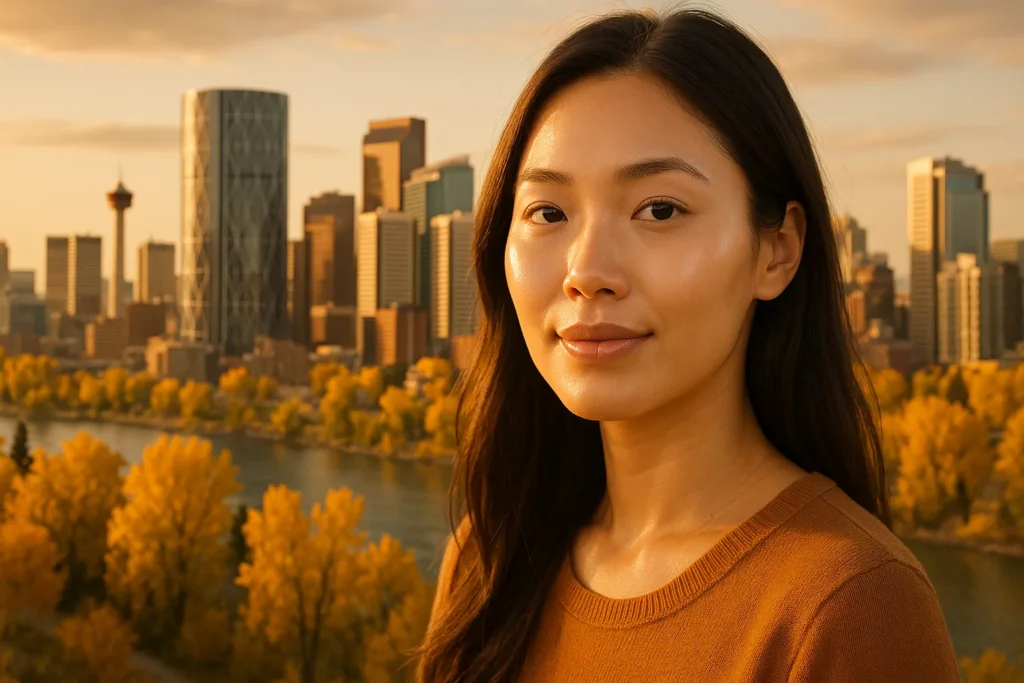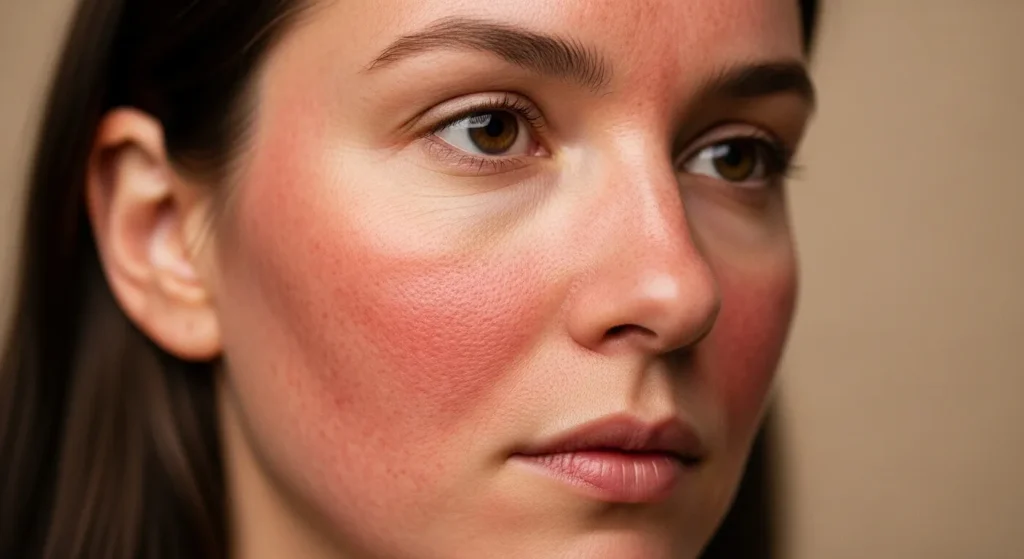The Importance of Consulting with Qualified Aesthetic Professionals
In the rapidly evolving field of aesthetic medicine, the difference between satisfactory and exceptional results—or between safety and complications—often comes down to one critical factor: the qualifications and expertise of your practitioner. As aesthetic procedures become increasingly accessible, understanding the importance of choosing qualified professionals has never been more essential.
Why Credentials and Experience Matter in Aesthetic Treatments
The medical aesthetic field encompasses treatments from injectable neuromodulators and dermal fillers, to advanced laser therapies and chemical peels. While non-surgical, these procedures involve complex anatomy, medical products, and technologies requiring specialized knowledge.
At Point of View Medical Aesthetics, our Calgary aesthetics clinic is built on certified expertise. Our providers maintain rigorous credentials and participate in ongoing education to stay current with industry advancements, directly impacting client safety and satisfaction.
Comprehensive Understanding of Facial Anatomy
Facial anatomy includes intricate muscle structures, nerve pathways, and vascular networks. When administering dermal fillers or neuromodulators, understanding these structures is non-negotiable.
“Knowledge of facial anatomy isn’t just about achieving aesthetic goals—it’s fundamentally about client safety,” explains POV founder Carissa. This expertise allows qualified professionals to target specific muscles precisely, place fillers appropriately, and recognize potential complications quickly.
Advanced Assessment Skills and Treatment Planning
Qualified professionals excel in the consultation process—arguably the most important part of any aesthetic treatment journey. They consider factors that less experienced practitioners might overlook:
• Underlying skin conditions affecting treatment outcomes
• Facial asymmetries requiring customized approaches
• Proportion and balance for natural-looking results
• How different treatments might complement each other
This leads to thoughtfully designed treatment plans that might combine modalities like laser resurfacing for skin quality, alongside targeted fillers for volume restoration.
Complication Prevention and Management
Even with the safest procedures, complications can occur. Qualified professionals:
• Maintain thorough knowledge of potential complications
• Can identify early warning signs before escalation
• Keep appropriate emergency protocols and supplies on hand
• Know when and how to intervene if complications arise
This preparation provides essential peace of mind for clients, knowing their safety remains the priority throughout their aesthetic journey.
The Rising Concern of Underqualified Providers
Increasing demand has unfortunately led to a proliferation of inadequately trained providers. Common concerns include insufficient training, treatments in non-medical environments, potential product issues, and lack of personalized approaches.
The consequences range from disappointing results to serious health complications, including vascular occlusions or tissue necrosis without appropriate medical support available.
Questions to Ask When Choosing an Aesthetic Provider
To ensure you’re placing your trust in qualified hands, consider asking:
1. What are your qualifications and training in medical aesthetics? Look for healthcare backgrounds and specialized training.
2. How frequently do you perform this procedure? Experience develops refined techniques and an eye for optimal results.
3. Can you show before-and-after photos of your actual clients? This helps assess the provider’s aesthetic sense and technical skill.
4. What is your approach to consultations? Thorough providers like those at Point of View Medical Aesthetics take time to develop personalized treatment plans.
5. How do you handle potential complications? Qualified providers should be transparent about risks and have clear protocols.
6. What ongoing education do you pursue? Committed professionals regularly update their knowledge and skills

The Point of View Medical Aesthetics Difference
What distinguishes exceptional aesthetic providers goes beyond basic qualifications. At Point of View Medical Aesthetics, our approach emphasizes:
Client Education and Customized Treatments
Our team prioritizes explaining options, expected outcomes, and potential risks. And our aesthetic treatments and medical-grade products are recommended based on evidence and individual needs rather than trends.
We develop truly personalized treatment strategies, recognizing that no two faces are identical. Addressing signs of aging might involve a customized combination of laser resurfacing for skin tightening, strategic neuromodulator placement, and targeted fillers—all calibrated for the individual.
Natural-Looking Results and Ongoing Care
A key indicator of qualified aesthetic professionals is their commitment to natural-looking results that enhance rather than alter appearance.
“Our goal is never to make someone look ‘done’ or different—it’s to help them look like the best version of themselves,” notes Carissa.
Quality aesthetic care isn’t transactional—it’s relational. Established professionals build long-term partnerships with clients, monitoring results, adjusting treatment plans, and providing continuous guidance as the face naturally changes over time.
Making Your Decision
When considering aesthetic treatments, remember that your face is not the place to prioritize convenience or cost over qualification. The investment in a properly qualified provider pays dividends in better aesthetic outcomes, safety, and long-term satisfaction.
Point of View Medical Aesthetics exemplifies the gold standard in professional aesthetic care—where technical expertise, artistic judgment, and genuine client care create exceptional experiences and results.
For those in Calgary seeking aesthetic treatments, consulting with qualified professionals like those at Point of View Medical Aesthetics ensures your aesthetic journey is safe and tailored to your unique features and goals.








